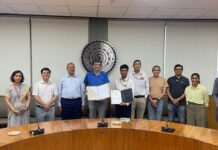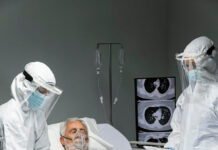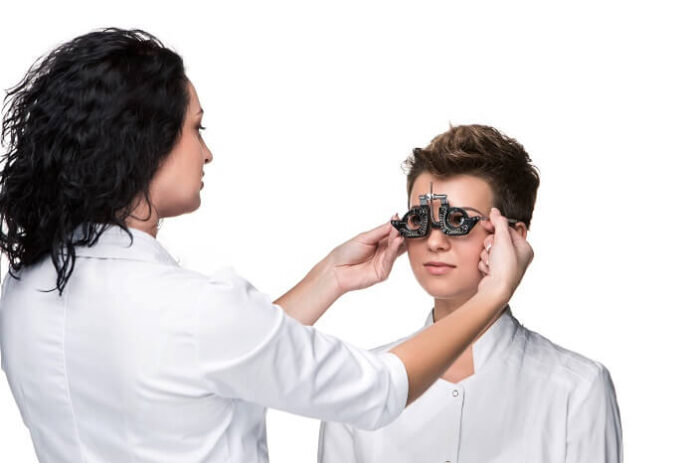Three individuals with severe vision impairment who underwent stem-cell transplants have experienced significant and lasting improvements in their sight, lasting over a year. A fourth individual also showed some vision improvements, though they were not sustained. These four patients are the first to receive transplants made from reprogrammed stem cells to treat damaged corneas, the transparent outer layer of the eye.
The results, published in The Lancet, have been hailed as impressive by Kapil Bharti, a stem-cell researcher at the US National Eye Institute. “This is an exciting development,” he stated. Stem-cell researcher Jeanne Loring from Scripps Research also emphasized the potential, saying, “The results merit treating more patients.”
The cornea’s outermost layer is maintained by stem cells in the limbal ring, a dark ring around the iris. When these stem cells are depleted, a condition called limbal stem-cell deficiency (LSCD) occurs, leading to scarring on the cornea and eventually blindness. This condition can result from eye trauma or autoimmune and genetic disorders.
Treatment options for LSCD are limited. Traditional methods involve transplanting corneal cells from a healthy eye, but this can be invasive and has uncertain outcomes. In cases where both eyes are affected, corneal transplants from deceased donors are an option, though they may be rejected by the body’s immune system.
Kohji Nishida, an ophthalmologist at Osaka University in Japan, and his team used a different approach. They created the corneal transplants from induced pluripotent stem (iPS) cells. These cells were derived from blood cells taken from a healthy donor, reprogrammed into an embryonic-like state, and then developed into transparent, cobblestone-shaped corneal epithelial cells.
Between June 2019 and November 2020, the team treated two women and two men, aged 39 to 72, who had LSCD in both eyes. During the procedure, scar tissue was removed from one eye, and epithelial sheets from the donor cells were transplanted onto the damaged cornea, with a soft contact lens placed on top for protection.
Two years after the transplants, none of the recipients experienced severe side effects. The grafts did not form tumors — a known risk when using iPS cells — and showed no clear signs of immune rejection, even in two patients who did not take immunosuppressant drugs. Bharti commented that it was a relief to see that the grafts weren’t rejected, though he stressed that more transplants are needed to ensure the safety of the intervention.
As reported by Nature, all four recipients showed immediate improvements in vision, with a reduction in the affected corneal area. These improvements were sustained in three of the four, while one recipient experienced slight reversals in vision during the one-year observation period.
While Bharti remains unsure of the exact cause of the vision improvements, he speculates that the transplanted cells may have proliferated within the corneas, or that the removal of scar tissue or stimulation of the recipient’s own cells contributed to the rejuvenation. Nishida plans to begin clinical trials in March to further evaluate the treatment’s effectiveness. Bharti noted that several other iPS-cell-based trials are underway worldwide to treat eye diseases. “These success stories suggest we are headed in the right direction,” he concluded.
























